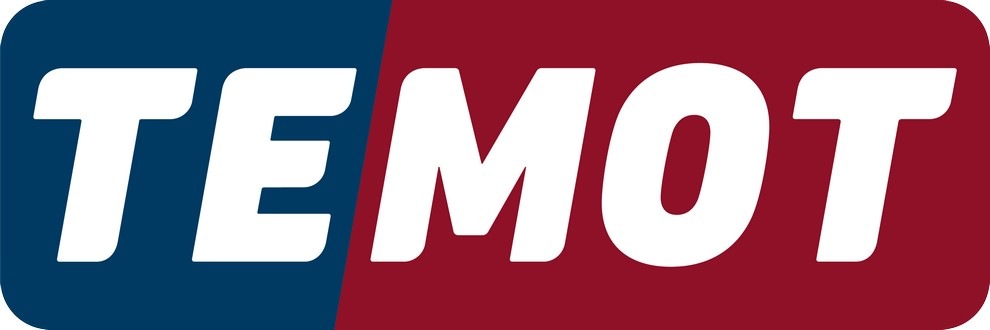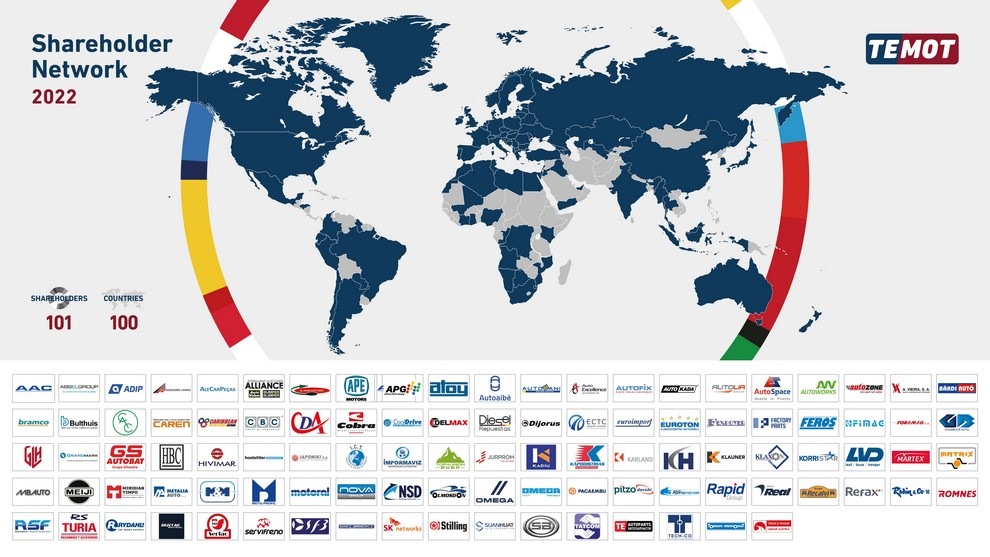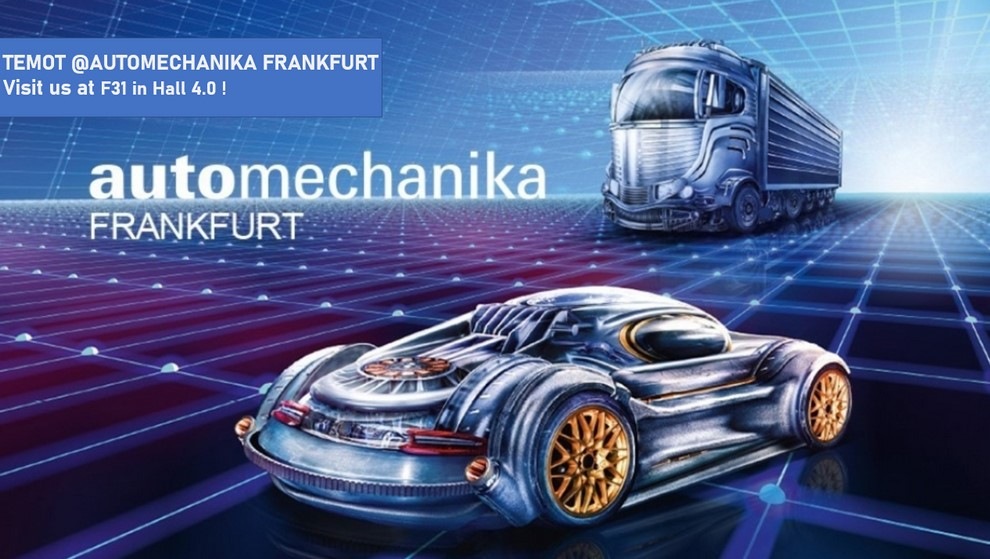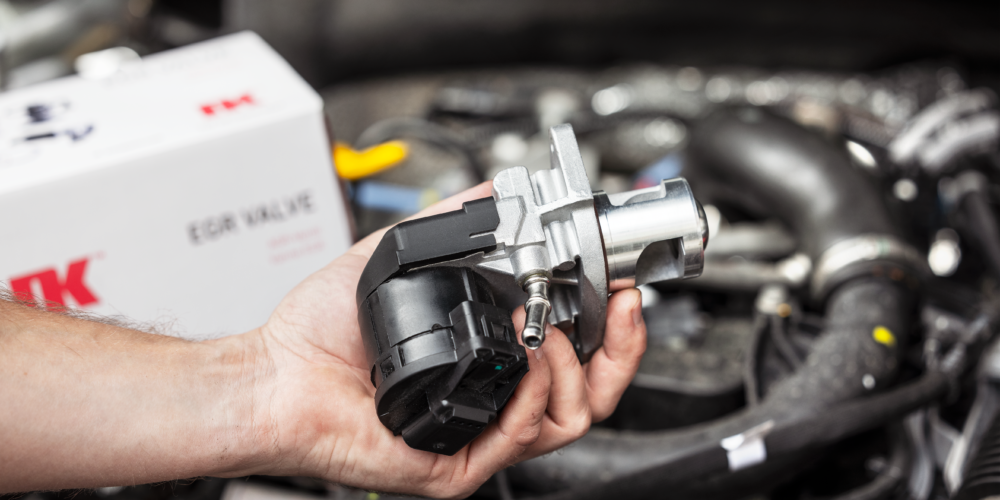“there is no future for the AA if we don’t get the needed talents…” – interview with the president of TEMOT
TEMOT is a purchasing organization that has been operating globally for almost 40 years. In the meantime, other new purchasing groups have sprung up. What do you need to do to keep members with you and still be attractive to them, and attract potentially new members?

This is a delicate question with different estimations depending on the perspective. Let’s start from the basics.
All the attractive models find always, sooner or later a level of competition. This might be at different elements or on the totality of the concept as such or on some parts of it. The model of TEMOT as such is based at only one Shareholder per country (one in Passenger Cars and one in Commercial Vehicles). Obviously the this model is encouraging its own competition as it disqualified the possibility of adding new Shareholders in a country. Many of some brilliant WDs that are in different groups once upon a time, had applied to TEMOT and we had to decline (with heavy heart).
In the past the groups relations were somehow based on an unwritten codex, they were not “touching” the members of the other ones unless an acquisition was taking place. The addition of another 3 groups that do a great job in several facets increased competition and introduced an new environment with no room of any collegial tenderness. In the new environment ever since some 10 years, this side is evaporated and almost everybody is actively trying to win a member of the other group simply because there is no free availability anymore. The means and factors of attraction have changed also a lot. We have to understand that the models are very similar, how to compete? Notably with promises for better conditions on the same Suppliers, with some common projects and concepts. The devise is “we are bigger, we have the huge companies, we have the biggest garage, we have the best conditions”. In a time of great challenges with a continuous consolidation with the huge organisations dominating the scene equipped with extremely good conditions and practically all possible products and suppliers with multiple choices, great logistics and high availability, every singly % counts.
Smaller medium enterprises tend to look at these differences and deciding accordingly. We have a “hop on, hop off” situation with a change from one group to another. IT is at the agenda of all groups. Sometimes this will be enabled by a luring offer assisted by a dissatisfaction at the very own group or conflicts of interests due to their internal heavy competition from their own partners, their own group.
 TEMOT can´t follow this process and doesn´t want also. There is a certain decency since we are one coherent group and just bonus collectors, this being the result of our common work. With a high level of homogeneity and the highest level of compliance towards our Suppliers, we claim to be an extended workbench of the stakeholders. As such TEMOT doesn’t really exist, it´s a Shareholder personified. If a company can´t see the results and benefits of this work philosophy then it has to find another group. It´s only fair to say that then nobody is going wasted, they will be quite well served in other groups.
TEMOT can´t follow this process and doesn´t want also. There is a certain decency since we are one coherent group and just bonus collectors, this being the result of our common work. With a high level of homogeneity and the highest level of compliance towards our Suppliers, we claim to be an extended workbench of the stakeholders. As such TEMOT doesn’t really exist, it´s a Shareholder personified. If a company can´t see the results and benefits of this work philosophy then it has to find another group. It´s only fair to say that then nobody is going wasted, they will be quite well served in other groups.
TEMOT is not trying to grow by means of acquiring more companies from country to country. As principle we will never make any luring offers to attract anybody and we don’t see any benefit in having more Shareholders than we have per country. Take Poland as example we have Martex in Heavy Duty and MotoProfil in Passenger Cars. Not only are they great companies but this uniqueness allow us to focus our work and on top this allows these companies to work consciously internationally for the common objectives and decision making. (MP is member of the Board of TEMOT, Martex at the Commercial Vehicle Council).
Attractiveness for TEMOT means, we reinforce the Shareholders competitiveness by means of common Joint Purchasing, Supply Chain Projects, Data Management and Marketing Concepts. This is possible as we are representing the biggest organisation of family and private own companies mostly SMEs, the backbone of every economy.

Has the parts availability crisis that was notable during the pandemic already resolved?
I´m not bringing you any owls to Athens if I would say that the crisis is the new normality and we have to learn not only to live but also to cope with that and the huge associated complexity. It will not disappear for a long time ahead and hence we need to get to know how to get adjusted to a continuous challenge which will get exaggerated with the automotive, socioeconomic and geopolitical developments. If Ukraine is causing a problem in cables imagine how would it be with Taiwan in semiconductors or with China is the overall supply chain? But we can´t just speak but act and find alternative multiple sourcing solutions for a much more flexible supply chain. This is also the obligation of the Suppliers to adjust their models accordingly: those that will not be able to do it will be substituted by the flexible alternatives.
What are the current challenges for the market?
Oh lets counts them. You just name the first one. Availability, Supply Chain problems, inflation, stagnation, consolidation and through that huge competitive forces resulting to a diminishing margin and market polarisation, lack of personnel, of talents, of technicians. New powertrain technologies that advancing in combination with connectivity and telemetry, intelligent systems, alternative distribution channels, software as service (to come?) new models of revenues. Just to name them and above all : never before so many challenges arrive so fast and at the same time. The situation is highly strung and explosive. Further on the market is in danger of losing its multi-faceted representation and move to oligopolistic structures. The family organisations are getting disappeared because they can´t now compete and tomorrow they will not exist because they will be obsolete to serve the new reality with the required infrastructure and expertise. And of course we shouldn’t disregard the big issue of data and their abuse, exploitation and possible monopolisation by the VMs. Our R2R is now R2C2R2S Right to Connect to Repair to Service the vehicles and it´s at stake . Apparently, at that level and when a market moves to a disequilibrium only the legislation can resolve and restore it. We have to run, things are accelerating but we are in a great deficit as the AA moves slowly and the whole legislative environment looks fragile and tilting to the favour of the VMs.
Car workshops face the challenges brought by the transformation of the automotive industry. You have members in many countries – in which regions are the workshops best prepared for changes (electric vehicle service, ADAS systems, digitization)?
It would be superficial to name a paramount country, as the level of problems are different and changing form the one to the other always in relation to their level of development and implemented legislation. To give an example: Scandinavian infrastructure for EV is getting better, you have an increasing number of them but it is very challenging to repair a TESLA or other electric cars. The drivers won´t even touch the independence garages or when they will, most of them next to nothing, will do a limited number of works or will not even start with that. In some other countries there are simply electric cars only as something elitist or eclectic, totally unaffordable and with any lack of infrastructure whatsoever. Of course the Aftermarket is still enjoying “the bath tab effect”, things are coming with a delay and we have seen them in the pipeline and we are getting prepared. But this is not anymore business as usual or the mechanical – electrical works of once but the sophisticated / high voltage / connected computer system that is shouting i.e. for an update. Would you intervene to your IT server on your own simply because you know excel?
Accordingly in every single country there is a minority that deals with that with great knowledge. Scandinavian Countries, Switzerland, Netherlands Japan, Singapore, are doing better being at the hands of the VMs. China is fighting its own way. We have a long way to go, nothing is lost but we need to get prepared. The law should secure the availability and dissemination of data, training should be provided and the necessary infrastructure in garages and the economy as total should be set. We are still making our living with conventional cars and jobs. We’re not yet in pain and we just postpone our engagement for the future. The only certain is that this future will come and will takes by surprise how fast. We can’t paint it black because, if we see the great work that it is done today at the garage level with the electronics in the ICE vehicles, we can be optimistic that with a little help and hard work, the future can be brilliant.
You are the initiator of the Talents4AA project, which was established to attract talented young people to work in the Aftermarket. How dangerous is the shortage of young people willing to work for the market?
Actually, Talents4AA was initiated by us a bunch a ITGs and Suppliers sharing the same worry and the necessity to reposition the Aftermarket as a great new sector with fantastic opportunities and the conviction that this can be done by winning new talents for all our activities. Personally, I have only the honour of accompanying actively the project.
Our conviction was and still is that at any time, the biggest asset of a sector is its human capital. Especially in times of transition and transformation, the change is not happening on its own. It takes intelligence and capabilities. The lack of it is fatal for any industry. We are bound to have only mediocre leftovers (if any, if we don’t actively fight for a new positioning which also what is all about with the talents).
I dare say there is no future for the AA if we don’t get the needed talents to drive us in the next stage and the new era. The todays Aftermarket Management is wise and understands that it should enable the transition by bringing the new generation in.
Do you have ideas on how to change the perception of the Aftermarket market by young people – so that they start to perceive this industry as attractive? What initiatives will be undertaken in the near future within Talents4AA?
Plenty of ideas as always but with a number of deficits. Projects as the talents should inspire and get aspired and carried over by all market participants, groups, WDs and Suppliers probably coordinated but high calibre bodies as FIGIEFA etc. If it is not a sectoral initiative it will remain as a noble deed and a romantic aspect. Despite its acceptance from all sides, sadly some key players are still “thinking” or just don’t care.
There are currently a micro and macroeconomic aspect.
We need to make the sector well known and attractive, speak to the people and show them what a great sector it is. We have to bring at the epicentre the answers of concern of the younger generation. What about technology, sustainability, efficiency, climate, contribution to better of the world. So we work to win all the stakeholders to support it, set for a platform to meet needs and demands, communicate at all media and fora, bring the message across in a modern and consisted ways. We work with universities, act as ambassadors and missionaries. This work is so important because it influencing all aspects of our sector up to the very same lobbying for our existence.










